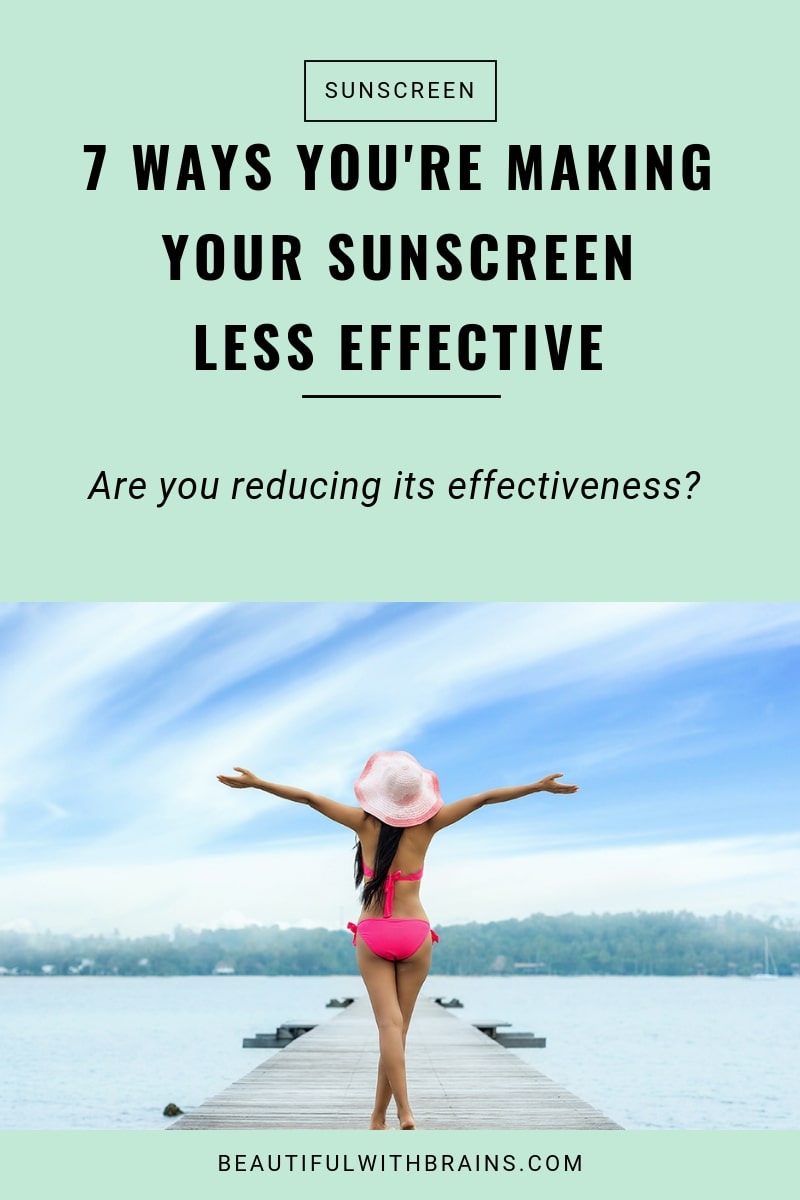
So, you’ve finally found the perfect sunscreen, huh?
It keeps you safe for hours in the sun. It’s super lightweight you can hardly believe it’s a sunscreen at all. Best of all, it doesn’t make you look like Caspar The Ghost.
Girl, you’ve hit the jackpot. Don’t mess it up now with a poor application.
Truth bomb: it’s not enough to find the right sunscreen. You have to apply it the right way.
Slather on a little less than needed, rub it on your face like there’s no tomorrow or dilute it with moisturiser and you’re in trouble. You’ve just made your sunscreen less effective. Ugh.
How do you keep that from happening? Here are 7 ways to avoid reducing the effectiveness of your sunscreen:
- 1. Apply Sunscreen First Before Getting Dressed
- 2. Sunscreen Is The Last Step Of Your Skincare Routine
- 3. Apply The Proper Amount Of Sunscreen
- 4. Follow The Instructions On The Bottle
- 5. Don’t Rub Your Sunscreen In!
- 6. Don’t Mix Your Sunscreen With Other Skincare Products
- 7. Don’t Use Sunscreen With Insect Repellant
1. Apply Sunscreen First Before Getting Dressed
You can’t slather on sunscreen at the last moment and head out of the door. You need to give it time to settle and form an even layer on your skin for it to work its magic. That takes around 20 minutes (yep, that’s why they tell you to put sunscreen on 20 minutes before you reach the beach). So why not put it on right after your shower? You’re already naked, so you won’t miss a spot or forget those hard-to-reach-and-easy-to-forget-about areas such as your feet and the back of your neck. Plus, you won’t stain your clothes this way.
Related: Do You Really Need To Apply Sunscreen 20 Minutes BEFORE Sun Exposure?
How effective is your sunscreen? Sign up to the newsletter below to receive the “Sunscreen Audit” Worksheet and find out if your sunscreen is really up to the job:
2. Sunscreen Is The Last Step Of Your Skincare Routine
You’ve probably heard you should apply chemical sunscreen before moisturiser and mineral sunscreen after moisturiser. It’s a myth. No matter what type you use, sunscreen is ALWAYS the LAST step of your morning skincare routine. Here’s why: when scientists measure the effectiveness of sunscreen, they don’t experiment. They don’t apply sunscreen before serum or moisturizer to see if that works better. Nope, they always apply it as the last step. Makes sense to follow their example, don’t you think?
Related: What Goes First: Moisturiser Or Sunscreen?
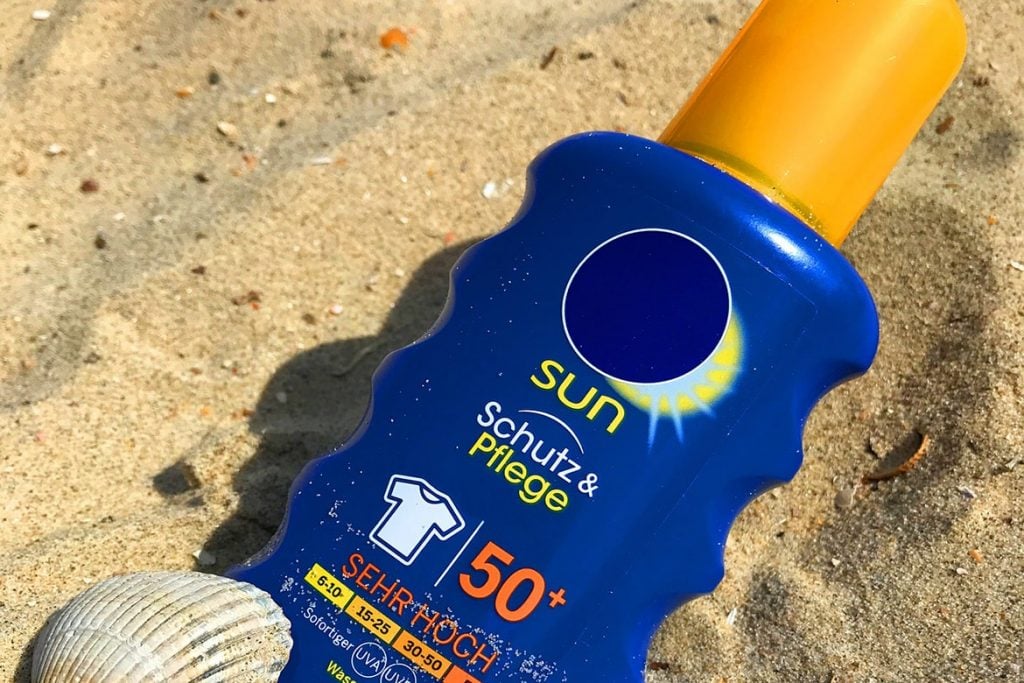
3. Apply The Proper Amount Of Sunscreen
I hear ya. A lot of sunscreens are white, thick and a pain to apply. You just want to slather on a thin layer and call it a day. But that won’t keep you protected for long. When you apply less than the recommended amount, you reduce the level of SPF you’re getting. All of a sudden, your SPF 30 could turn into an SPF 21! So how much do you need to get the level of SPF stated on the bottle? 1/4 of a teaspoon for the face and a small glass shot for the body.
Related: How Much Sunscreen Should You Use?
4. Follow The Instructions On The Bottle
I’m the first to say the instructions on the back of your skincare products are crazy. Like, will you really get rid of wrinkles if you use that Japanese massaging techniques? Or get better results if you follow up your serum with the matching moisturiser? I don’t think so. But sunscreen is different. Sunscreen isn’t a cosmetic. It’s a medicine for your skin. You need to follow the instructions to a T if you want the best results. If they say to reapply sunscreen every couple of hours or that the sun protection will hold for only 20 minutes after water, believe it. And then do it.
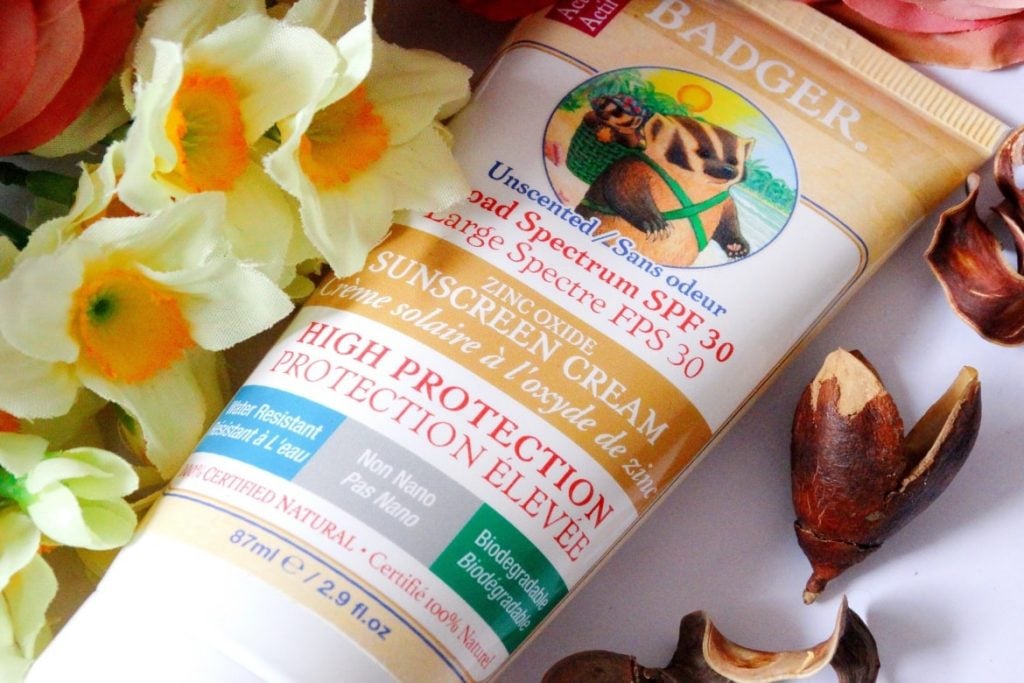
5. Don’t Rub Your Sunscreen In!
Hands up if you’re always rubbing in your sunscreen. It’s much easier to apply that way, right? Bad news: it also makes the sunscreen less effective. A 2006 study found that sunscreen works better when it is applied as a thin film than when it is rubbed into the skin. Now, thin film doesn’t mean that you can apply less than the recommended amount (we’ve already covered that, remember?). It just means that after you’ve covered all areas, you should feel a thin film on the skin. That’s easier to achieve with patting the sunscreen on. Why? Simple: rubbing your sunscreen in actually rubs some of it away!
Related: Pat Or Rub: Which Is The Best Way To Apply Your Skincare Products?
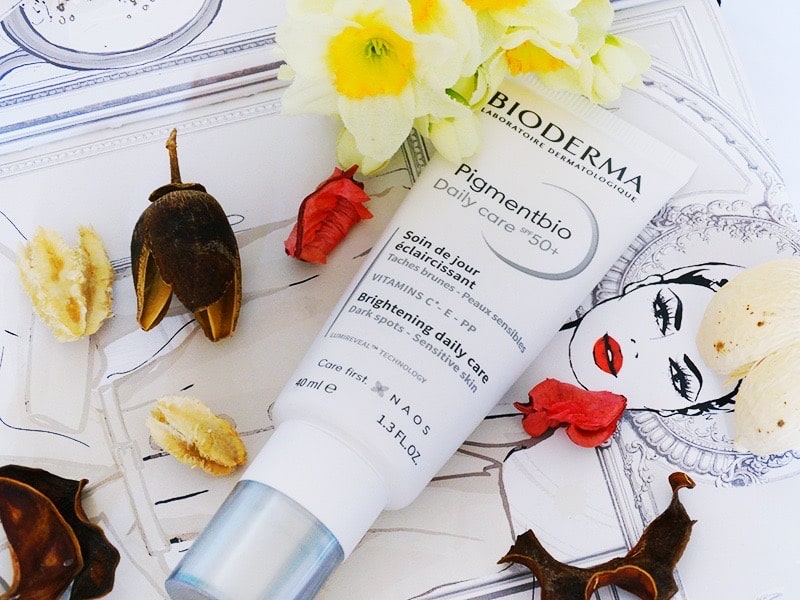
6. Don’t Mix Your Sunscreen With Other Skincare Products
Wouldn’t it be great if you could mix your sunscreen with moisturizer? Think about it. You make the texture much lighter and smoother and save yourself time in the morning. Oh, and leave yourself exposed to sun damage. Here’s the deal: by mixing sunscreen with moisturizer (or any other skincare product, for that matter), you’re diluting it. That means you need to apply more to reach the level of SPF started on the bottle. Who does that? Do your skin a favour and apply your sunscreen AFTER moisturizer.
Related: Can You Mix Your Sunscreen With Lotion?
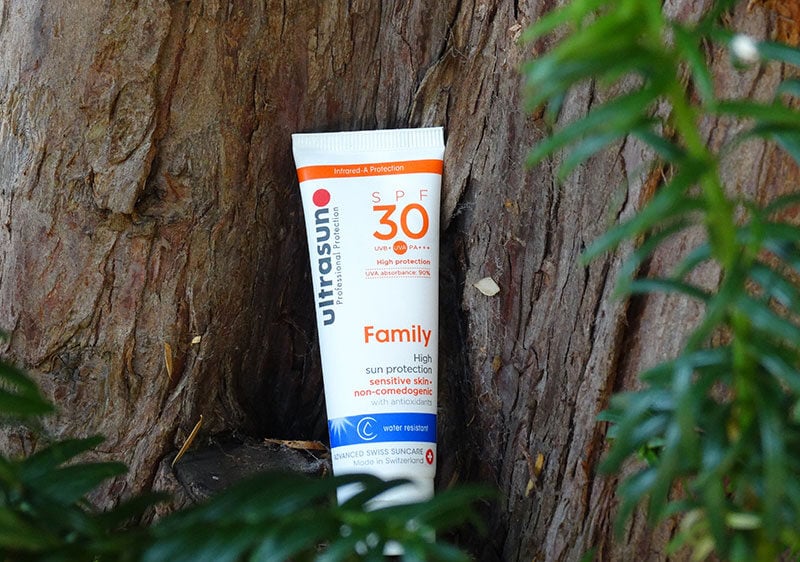
7. Don’t Use Sunscreen With Insect Repellant
Mosquitoes are the worst thing about summer, no doubt about that. But covering yourself in insect repellant ain’t a good idea. A 2000 study found that the active ingredients in insect repellant (N,N -diethyl-3-methylbenzamide; diethyltoluamide; deet) can reduce the effectiveness of your sunscreen by 33.3%. FYI, this happens even if you layer the products one after the other. Use them together only if absolutely necessary.
Are you inadvertently reducing the effectiveness of your sunscreen? Share your experience in the comments below.


I didn’t realize that the little things we do could reduce the effectiveness of sunscreen! I admit that I am too lazy to apply sunscreen especially since it takes time before it is absorbed by the skin, aside from the fact that it is thick and pasty. Oh well, I think that I should follow this guide everytime I apply sunscren, so that my efforts (and money) won’t be wasted.
Christine, using sunscreen is very fussy, isn’t it? There are just so many things to consider to apply it properly. It’s a bit of a pain, but a necessary one. *sighs*
These are good things to know! I always wondered what happened when I used bug repellant and sunscreen.
Natalye, I wish we could use them together with problems. It’s a bummer that the bug repellant makes the sunscreen less effective, isn’t it?
Glad you’ve found the post useful!
You don’t have to worry about rubbing a mineral sunscreen too much. That only applies to chemical sunscreen agents.
H, good to know. Mineral sunscreens are just better in every aspect, aren’t they?
Actually, I recently checked Consumer Reports, they tested all types and found out that none of the mineral sunscreens were very effective. So it’s not recommended according to their tests.
Maya, can you share the link? I’d like to check it out as, from what I know, mineral sunscreens are the most effective.
What about using a full face of makeup (foundation, setting powder, bronzer, blushers, highliters, eyeshadows, contouring powders, makeup setting sprays) after using physical sunscreen? Will it effect the effectiveness of my sunscreen?
Audrey, it really depends on how you apply them. As long as you’re not rubbing away the sunscreen to put them on, you should be fine.
I always use makeup sponge (have been using it for the past 2.5 years) to apply sunscreen & makeup. And it does soak up the sunscreen and foundation (we can see the colours of foundations & sunscreen on it because it has red colour). so I always apply more than the recommended amount of sunscreen, because i’m worried about the amount of sunscreen my makeup sponge take with it.
Sounds like a good way to do it. Thanks for sharing, Audrey.
I try not to rub my face when applying makeup or concealer after sunscreen. To assure sun protection, I use a finishing powder with spf 30 after I’m all done and before I am out the door. Also,I apply the powder before I go out again later in the day. It does not substitute for the proper use of sunscreen, but it helps.